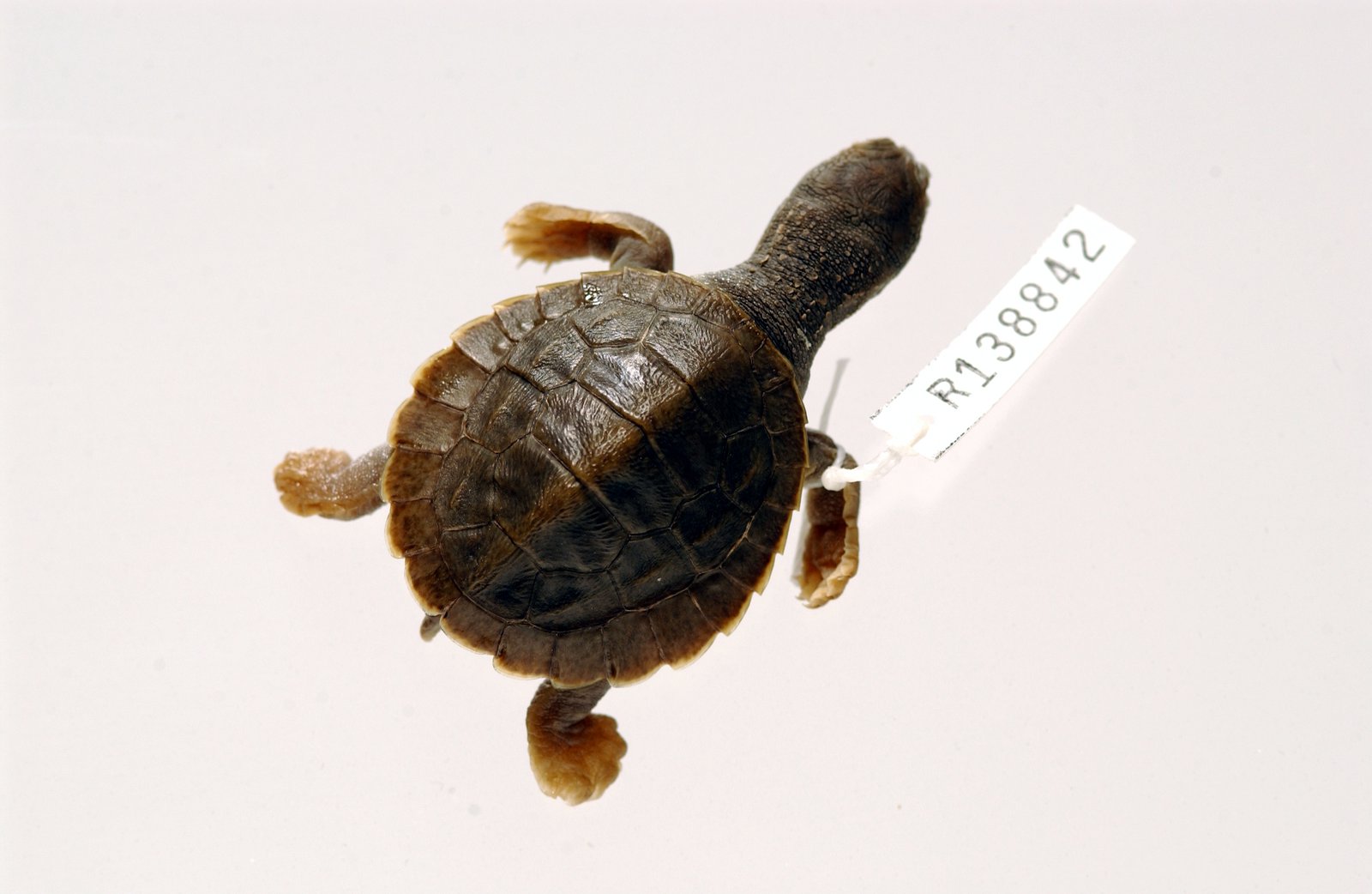Travel the world on the back of a turtle
Hitchhiking on turtles and ship hulls, some species of Podocerus know how to travel while others have gone unsampled for 150 years.
Bringing together public and expert solicitation, this work on Podocerus sea creatures describes a new species from Singapore, records the swarming behaviour of a turtle-associated species, but most importantly stabilizes the identity of two species marked as biosecurity risks.
Podocerus are a genus of amphipod crustacean, a small sea creature around 5 mm in length. They are filter-feeding organisms, eating small particles of food that float through the ocean. Their most endearing quality is the raised plates on their back, which makes them look like little Stegosaurus dinosaurs. It is the shape and number of these raised plates, or ‘carina’ as they are known for crustaceans, which have been used to tell species apart.
I was working on the biosecurity aspect of Podocerus species and by chance, a few other specimens found their way to my desk. One set of specimens came with the youtube clip from a public enquiry and the other from a biodiversity workshop conducted by international experts sampling in Singapore. The result is a mixed bag paper on many aspects of Podocerus from Australia, New Zealand, Singapore and Brazil.
Podocerus cheloniophilus is most regularly collected from the back of turtles off the coast of California, Hawaii and Japan. They are not parasitic, rather opportunistic travellers catching a free ride and taking advantage of feeding in the high water currents produced by the swimming turtle. The video provided through public enquiry clearly show the real time recruitment of these animals to a host, in this case to a person holding a mooring rope rather than an ocean going turtle, which ultimately is a lot less conducive to international marine travel.
Podocerus brasiliensis ‘prefers’ to travel by cruise ship, freight or recreational yachts, found in ports and marina’s all around the world, unfortunately this paper documents the presence of this invasive species in Australia for the first time. Looking through historic collections, it has been in our ports undetected for quite a while. It carries the name ‘brasiliensis’ as this was where it was first reported from and providing a revised description of the Brazilian material is a first step in stabilizing the identity. This study then compared Australian specimens with those from Brazil, which probably isn’t where it is from originally but figuring out its true point of origin is another project in itself. Ultimately this is one more species to add to the biosecurity risk assessment.

© Australian Museum
The Singapore Podocerids included one new species, Podocerus cyrenensis and one cryptic little species, 3.3 mm in length, which was last sampled in 1840s. It is only the second time this species has been recorded and there was only the one specimen. So, technical description aside, that is about all we know on the cryptic Cyrtophium orientale.
Lastly is Podocerus cristatus, which is where all this work began. Native to New Zealand the original description of this species was limited and as such has been confused with other Podocerus species. Describing recent material from Lyttleton stabilises the name and identity of this species for comparison with records of P. cristatus as an invasive species outside of New Zealand.
Even for species known since the mid-1850’s there is a need to further document fine detail on external morphology and question distribution records past and present, and tracking invasive species can have implications for marine management worldwide. Most importantly beware of swarming amphipods, they’re fantastic.
Dr Lauren Hughes
Postdoctoral Researcher, Marine Invertebrates
More information:
- Designation of neotypes for Cyrtophium orientale Dana, 1853, Podocerus brasiliensis (Dana, 1853) and P. cristatus (Thomson, 1879) and the description of a new species of Podocerus cyrenensis (Crustacea: Amphipoda: Podoceridae). Raffles Bulletin of Zoology Supplement No. 33: 1–19.

